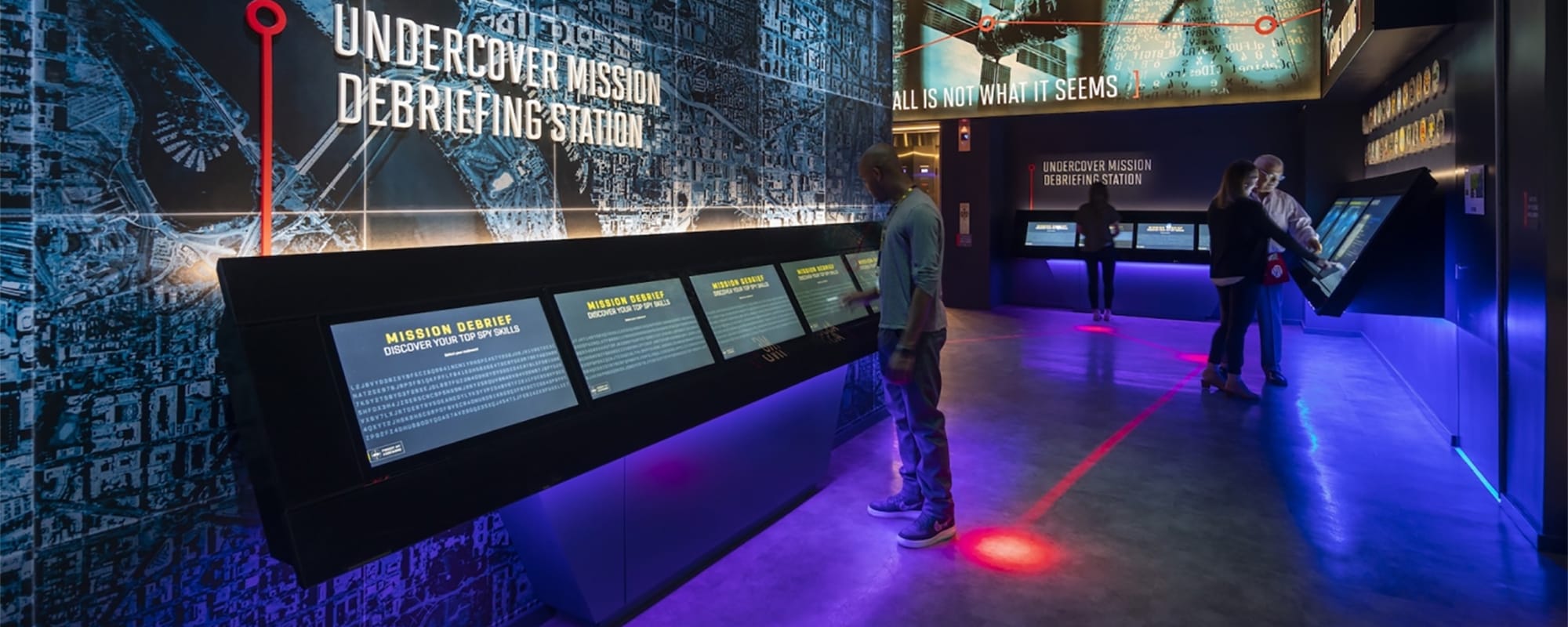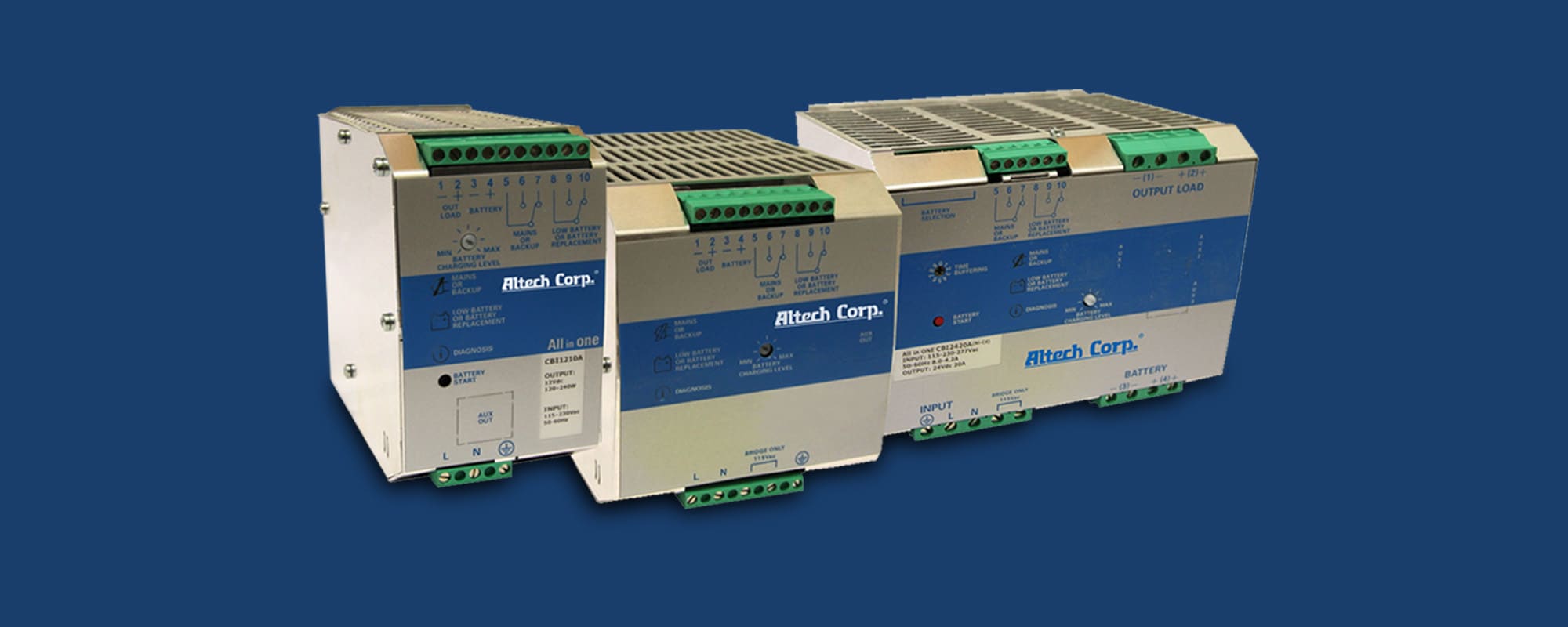Jake Royal, Product Line Director – Industrial Wireless at Banner Engineering, joined us to talk about condition monitoring, asset monitoring gateways, and two innovative new asset monitoring solutions from Banner.
Jake Royal, Product Line Director – Industrial Wireless at Banner Engineering

For this installment of the RS Expert Advice Series, we spoke to Jake Royal, Product Line Director – Industrial Wireless at Banner Engineering, about condition monitoring. After introducing himself, Jake dives into condition monitoring — addressing benefits, approaches, essential equipment, and application areas — before focusing in on a critical enabling solution, asset monitoring gateways, and introducing two innovative new condition monitoring solutions from Banner.
Q1. Hi Jake. Please introduce yourself and tell us about your role at Banner Engineering and how you ended up working in condition monitoring.
Hi. My name is Jake Royal, and I’m the product line director for the industrial wireless business unit here at Banner. I have been involved with and working in condition monitoring solutions for around 10 years now in various capacities. I started as a design engineer working on Banner’s wireless radio network offering, which directly interfaces with many monitoring sensors. I then moved into the commercial space of the business as a product manager representing wireless solutions and our Snap Signal line of sensors and converters.
Q2. Please introduce us to Banner Engineering
Banner Engineering is a leading global manufacturer of industrial automation solutions engineered to improve efficiencies, reduce operating costs, safeguard equipment, and protect personnel. We offer more than 10,000 products backed by more than 55 years of innovation and industrial use.
Q3. Tell us about condition monitoring.
Condition monitoring is the process of monitoring machine parameters in order to identify changes indicative of developing faults, and in the industrial sector, it has become incredibly important to bottom lines of OEMs and end users of essential equipment. Data-driven organizations are far less likely to be reactive with their maintenance, and implementing simple condition monitoring — even at the most basic level — allows these types of businesses to reduce downtime, schedule appropriate maintenance, and move towards a more predictive maintenance model for critical assets.
Machines break down. Being prepared for those types of breakdowns leads to an all-around more sustainable and profitable manufacturer. So outside of just industrial manufacturing, the material handed handling industry, energy and utilities industry, and even medical and pharmaceutical industries can all greatly benefit from condition monitoring.
Examples of assets that condition monitoring should be considered for include motors, pumps, and gearboxes. So, here at Banner, we like to start with vibration and current monitoring for rotating assets. That’s kind of our bread and butter, but you can move on from there to all types of assets in an industrial environment. Compressed air systems, injection molding machines, dust collectors, and conveyors could all stand to benefit from condition monitoring as well.
Q4. What are asset monitoring gateways?
Asset monitoring gateways are data aggregator devices that allow industrial users to capture inputs from condition monitoring sensors and effectively distribute that data to PLCs, data-loggers, or the cloud. Users can then leverage that data to evaluate machine performance and proactively address any performance issues.
Q5. Banner recently introduced two new asset monitoring gateways with a unique-to-market feature. Please tell us about them.
Absolutely! We recently released two new Asset Monitoring Gateways, or AMGs, one with SNAP ID technology and one with CLOUD ID technology. The difference between the two is that the SNAP ID version is an inherently wired solution. That means that all the sensors, converters, and connectivity products that you can add and utilize with that device are wired directly to that device. The CLOUD ID version of the AMG is a truly wireless solution. The compatible nodes in this version are battery powered radio devices equipped with sensors. So, instead of having to wire your entire condition monitoring solution, you’re able to hop data signals around your facility.
I’ll start with the SNAP ID. I like to identify the SNAP ID version as something that is truly singular-asset-based. Let’s say I need to monitor 20 sensors on a single machine. If I have an injection molding machine and I’m interested in 20 points on that machine, I don’t have to hop signals around it. I can run M12 cables all around it, and I can run all of that data directly back into the gateway, that data aggregator, the AMG with SNAP ID.

I like to think about the CLOUD ID version of the AMG as more of a facility monitoring device. It’s ideal for when you have more assets you’d like to monitor but fewer points of interest on those assets. Say you have 20 injection molding machines instead of one and are only interested in vibration at one point on each of the assets’ motors. You can use the Asset Monitoring Gateway with CLOUD ID to retrieve the data from the critical sensing points on each of the multiple assets without running cables. Doing it wirelessly with all-in-one radio devices, like wireless vibration and temperature sensors, makes it really simple to get up and running. All you have to do is pair the nodes with the gateway to start collecting data on a cyclical basis.

The main differentiating feature of these new AMG solutions is coded in the “ID” name — that SNAP ID, that CLOUD ID. We allow users to commission compatible devices. But it’s always been a pain to look through datasheets for connected sensors or nodes when you’re commissioning and to identify where the data that you really care about exists. These AMGs automatically detect every compatible sensor or node that’s connected to the gateways themselves, which is a really powerful thing because it gets you up and running very quickly.
The setup is intuitive, easy, simple. The installation process goes much quicker, and it doesn’t require your traditional integrator to be involved since there’s no coding or programming required. You just connect your sensors or your nodes if you’re using the wireless version.

Another valuable benefit of our new SNAP ID AMGs is that users can bring any type of sensing mode into these devices and have them work immediately. Take our S15C converters (pictured here), which are part of our Snap Signal line of agnostic products, for instance. We don’t care what goes in one side, just what comes out the other side, what we send to our gateways, and that’s really useful if you have older sensors out in the field that output 4–20 milliamps of input current or 0 to 10 volts. Our S15C converters can translate that data into a MODBUS serial package, enabling even your older sensors to interface with our Asset Monitoring Gateways and making it easy and economical to implement condition monitoring technologies and predictive maintenance strategies. The AMG with SNAP ID also allows users to manually scale and label sensing types when connecting these generic converters.
Q6. I’m also curious about Banner’s VIBE-IQ vibration monitoring software.
Yeah, this is huge. Vibration is something that Banner likes to go to in condition monitoring right away. But it can be a challenge because not everyone is a vibration expert, right? And how do you feel comfortable installing something that you don’t understand or decoding the data it aggregates? Our AMGs equipped with VIBE-IQ make it really easy to do for any layman, any end user.
VIBE-IQ is a machine learning algorithm within both of the new Asset Monitoring Gateways that allows people who aren’t traditionally familiar with vibrating rotating assets to establish a baseline vibration profile for the asset when it’s running in its normal state. Once that’s done, the algorithm automatically applies threshold settings to identify warning signs and equipment failures and trigger alerts and alarms.
We can then bring all of this data into the Banner Cloud Data Services platform where you can visualize it on a dashboard and really start to understand the trends for your rotating assets, even if you’re not a vibration expert. Our Asset Monitoring Gateways with VIBE-IQ only require that you’re able to commission a vibration sensor, which both AMGs make incredibly easy.
Once the AMG data space is prepared for the vibration sensor you’ve commissioned on a motor, pump, gearbox, or other rotating asset, you just press a button to begin baselining a rotating asset. Our VIBE-IQ algorithm automatically learns the typical trend lines and makes it easy for users to identify what’s going on with critical assets when performance deviates from the established trends. On a motor, for example, you could have a soft foot, a misalignment of the shaft, or bearings going bad, and all these things can be correlated with the data we allow you to visualize in our Cloud Data Services platform.
So, once again, we’re getting back to that predictive maintenance model. With our new AMGs, you can trend data as much as you want without being a data analytics expert and view it in a user-friendly way that’s easy to understand and act upon. The data inputs from sensors and nodes are things that facility and maintenance managers and plant floor operators understand — temperature, vibration, current, tank levels, all these types of things. So, that data doesn’t have to be decoded. It just needs to be visualized and trended to help identify issues or potential breakdown situations.
Q6. Are there any success stories you can share about Banner’s new Asset Monitoring Gateways with SNAP ID and CLOUD ID?
We recently had a medium-sized installation at a large manufacturer of big steel dock loading doors. They installed an AMG with CLOUD ID (the wireless version) to sense multiple things throughout their facility. One of the main ones we caught quickly and started the snowball effect of, ‘Hey, we should consider monitoring more points in our facility,’ was a motor for a blower on a paint line. They had commissioned a wireless node with our vibration sensor on the bearings of that motor. Trending that motor bearing data for just a couple of days revealed that they had a potentially catastrophic bearing problem that could stop production and prevent them from powder coating their doors for a while. With our CLOUD ID AMG, they were able to visualize that trend, alert appropriate staff, and act upon the data to avoid a shutdown, which was especially beneficial in this case, as their lines are expensive to service and replacement parts aren’t always available.
Our AMG with SNAP ID (the wired version) was recently commissioned in the field to monitor the compressed air system for a wafer manufacturer’s clean room, which uses the compressed air to stamp wafers for microelectronics. The SNAP ID AMG was used to monitor their main air compressor as well as their system lines (compressed air lines) remotely. We used dew point sensors on the dryer lines to monitor moisture and oil in their air lines, as an excess of this causes the all-out failure of compressed air systems and elicits multiple filter changes that may not yet be necessary on those lines. We also added vibration sensors to the compressor air pump and electric motor. These sensors, combined with our SNAP ID AMG, allowed them to trend and visualize their equipment data, identify that their compressor was about to shut down before it did, respond quickly and efficiently, and avoid a complete shutdown of their wafer manufacturing lines due to compressed air loss. It was a check engine light that gave them a brief period of time to source parts and plan out their maintenance, and that’s really important because shutdown costs are detrimental to production.
Q7. Is there anything else you’d like RS customers to know about Banner Engineering, condition monitoring, or Banner’s new asset monitoring gateways?
Yes. Please go check out the new SNAP ID and CLOUD ID Build Your Bundle solution configurators on our website. They make our Asset Monitoring Gateway systems fun to build. We like to compare them to a LEGO project. Regardless of which AMG you choose, these bundle builders offer up compatible sensors, connectivity products, brackets, and other mounting accessories and prevent you from having to dig through product pages to figure out what connects to what. You can also visualize the list price of the bundle you’ve built and email or export a CSV file of your bundle to share with other stakeholders within a project to really get people’s fingerprints on their solution, which I think is a really wonderful feature to be able to offer. It’s just all right there in these bundle builder tools. So, go check them out.
Banner Engineering and RS: Your Trusted Condition Monitoring Solutions Suppliers
Thanks to the continued evolution of Industry 4.0, predictive maintenance — which is scheduled based on machine data that measures asset condition and further improves safety, uptime, and profitability — is fast replacing regularly scheduled preventative maintenance as the new standard practice. RS offers an extensive portfolio of predictive and preventative maintenance products designed and manufactured by many of the most trusted suppliers in the industry, including Banner Engineering, and ideally suited for use in the manufacturing and automation, material handling and packaging, energy and utilities, medical and pharmaceutical, telecommunications, and transportation industries.
For more information about the RS portfolio of predictive and preventative maintenance products, including Banner Engineering’s new Asset Monitoring Gateways with SNAP ID and CLOUD ID, please visit the links embedded here. For more information about the various wired sensors and wireless sensor nodes that Banner’s new AMGs are compatible with, navigate to the SNAP ID and CLOUD ID Build Your Bundle solution configurators or Banner’s new monitoring solutions brochure. For assistance identifying, deploying, and maintaining the right Banner Engineering Asset Monitoring Gateways for your industrial facility, please contact your local RS representative at 1.866.433.5722 or reach out to the RS technical support team.







